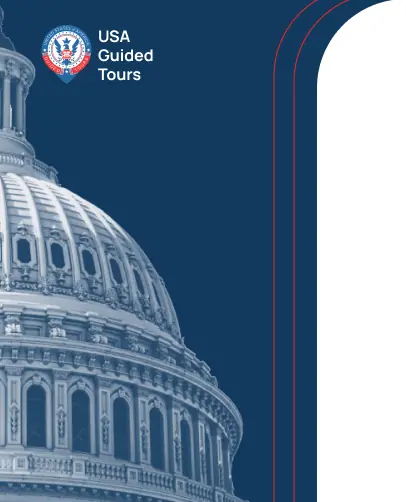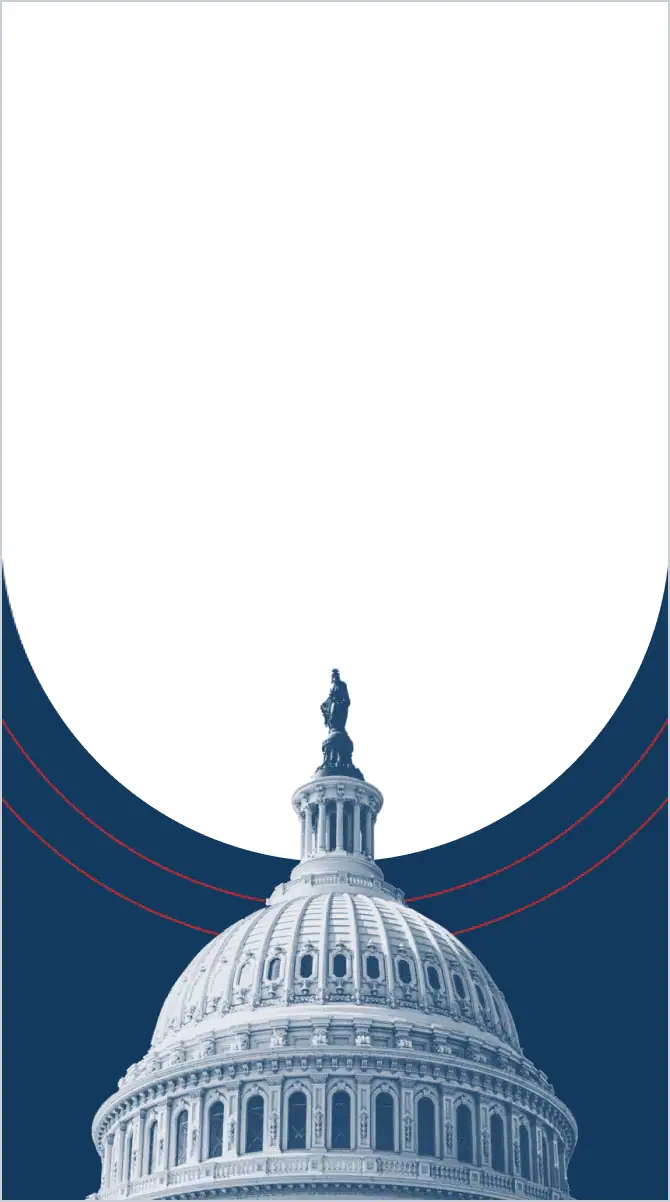14 Tips for Your First Visit to Washington DC
Planning to Visit Washington, D.C. For The First Time? Here Are a Few of Our Most Important Tips For the First-Time Visitors to DC.


DC Holiday Season Guide
We're excited to share with you tips on how to take advantage of DC during the winter in our Washington DC Holiday Season Guide!
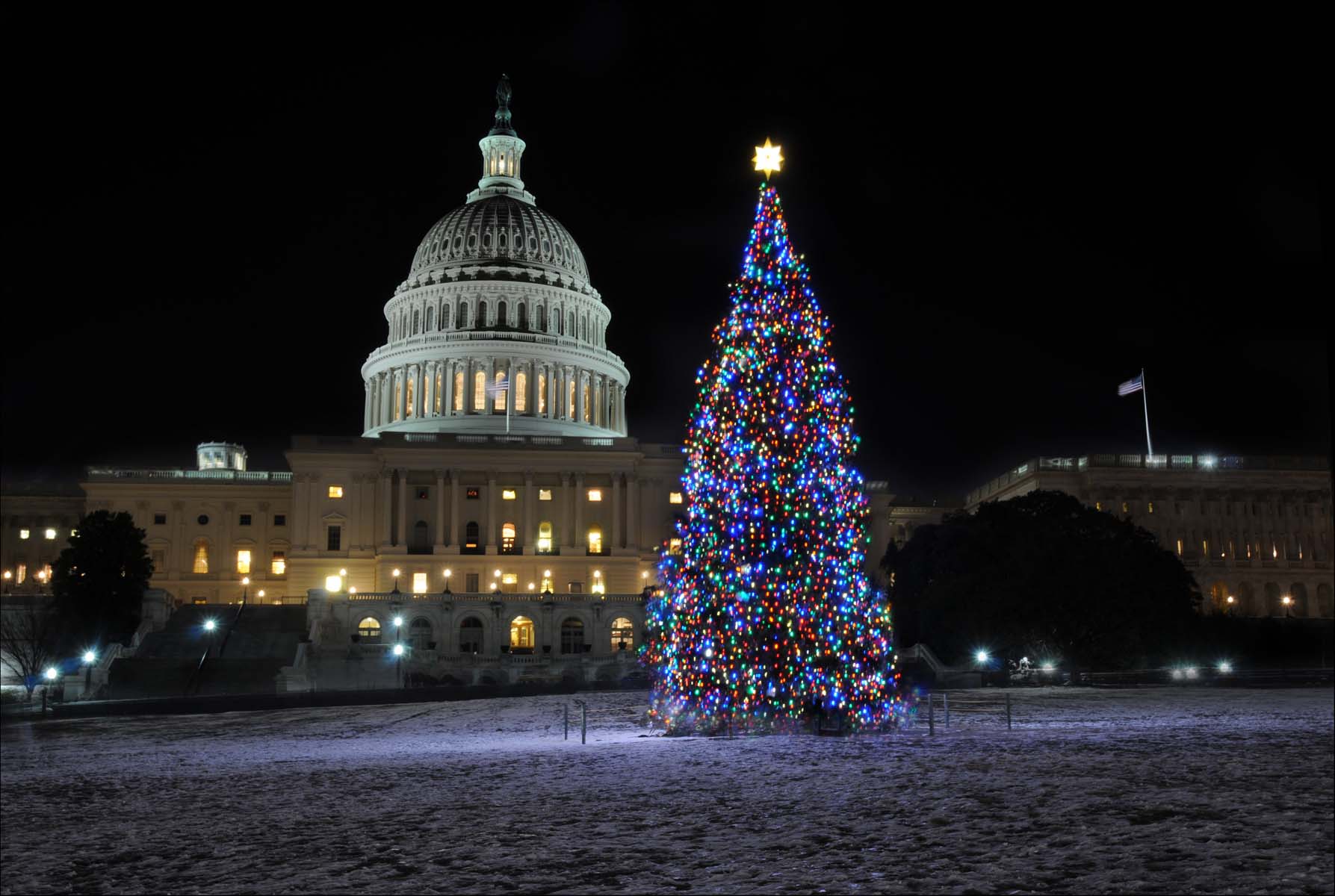

Ultimate Washington DC Travel Guide
With over 100 free attractions, world-renowned museums, and monuments, Washington DC offers an unparalleled travel experience.
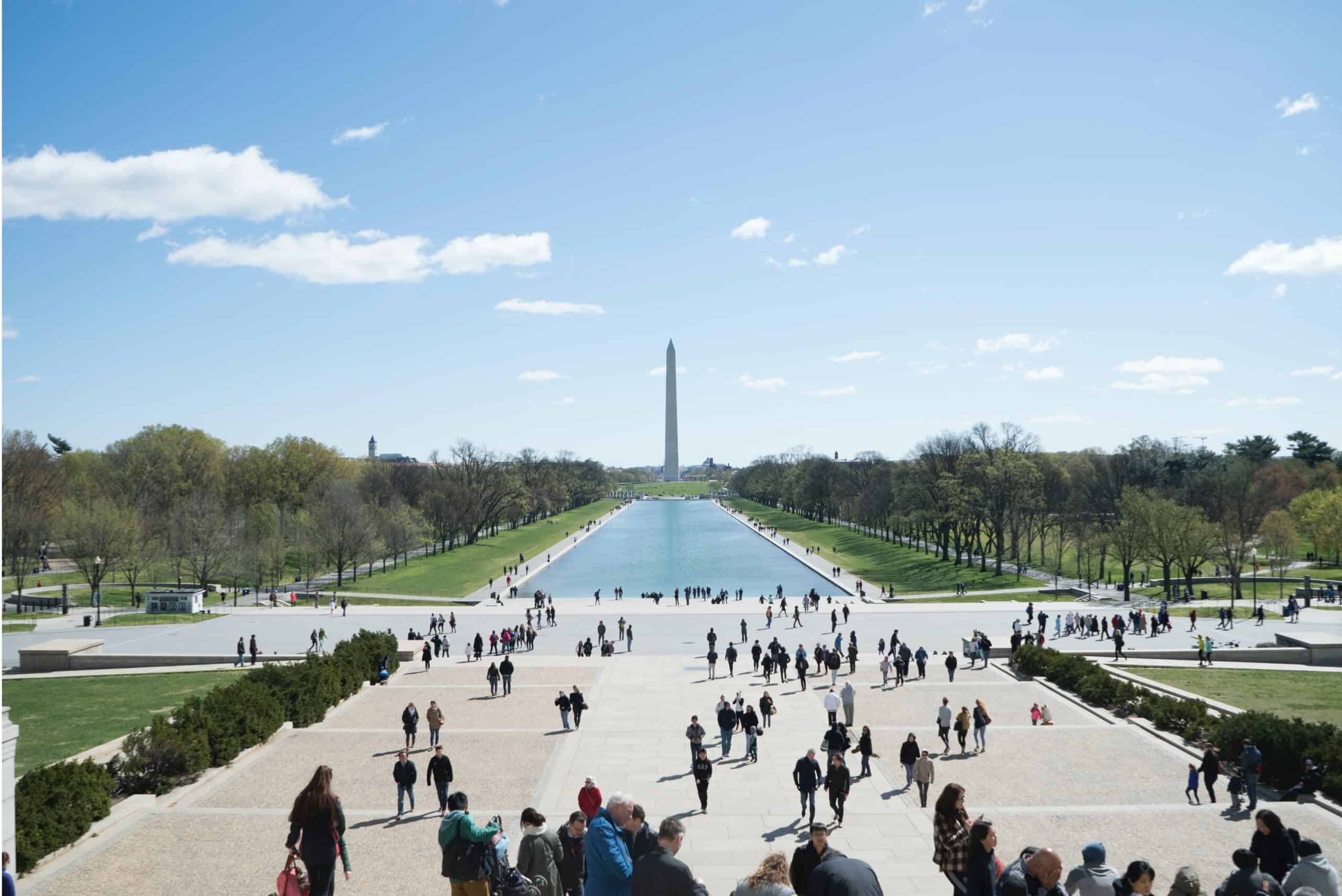

DC Travel Guide: Family and Kid-Friendly DC Trip
To help you make the most of your family trip to Washington DC, we’re sharing a quick list of tips and recommendations!
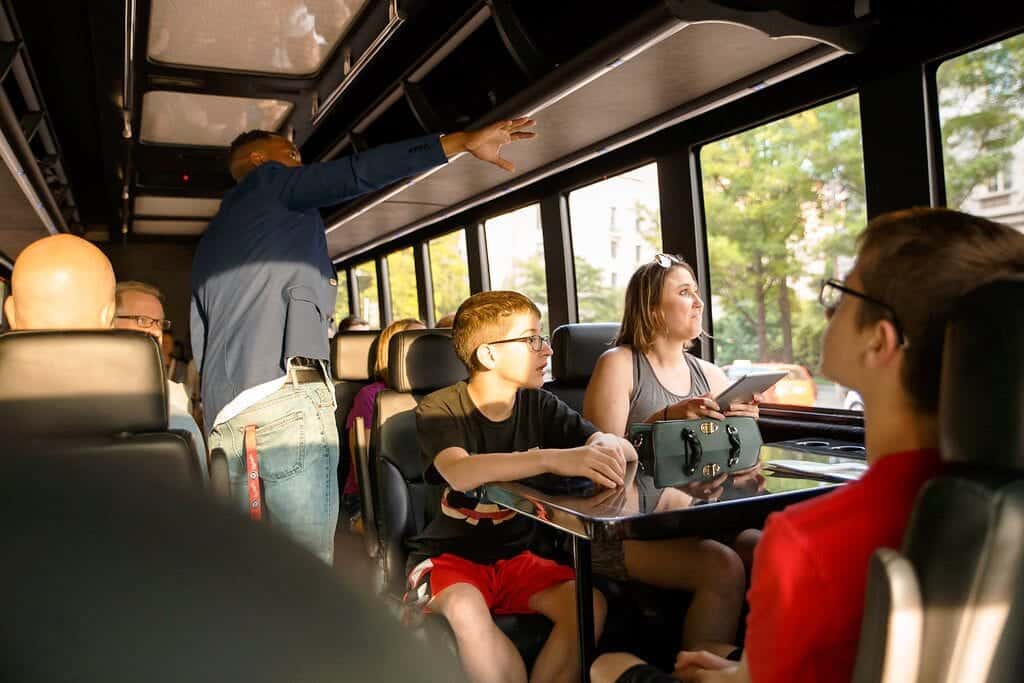

Best Museums in Washington DC (2025)
Discover the best museums in DC, from iconic institutions to hidden gems, with expert tips for an unforgettable cultural experience.
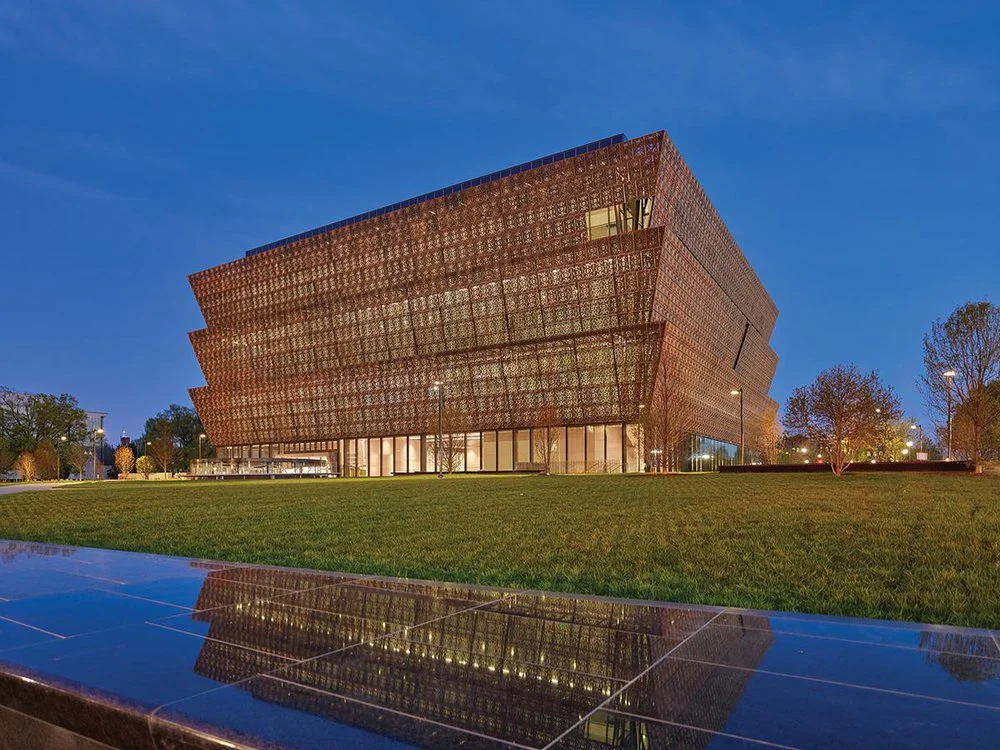

DC Travel Guide: Best Summer Activities in DC
Make the absolute most of your summer with a USA Guided Tours experience! Explore the best of DC with expert local guides!
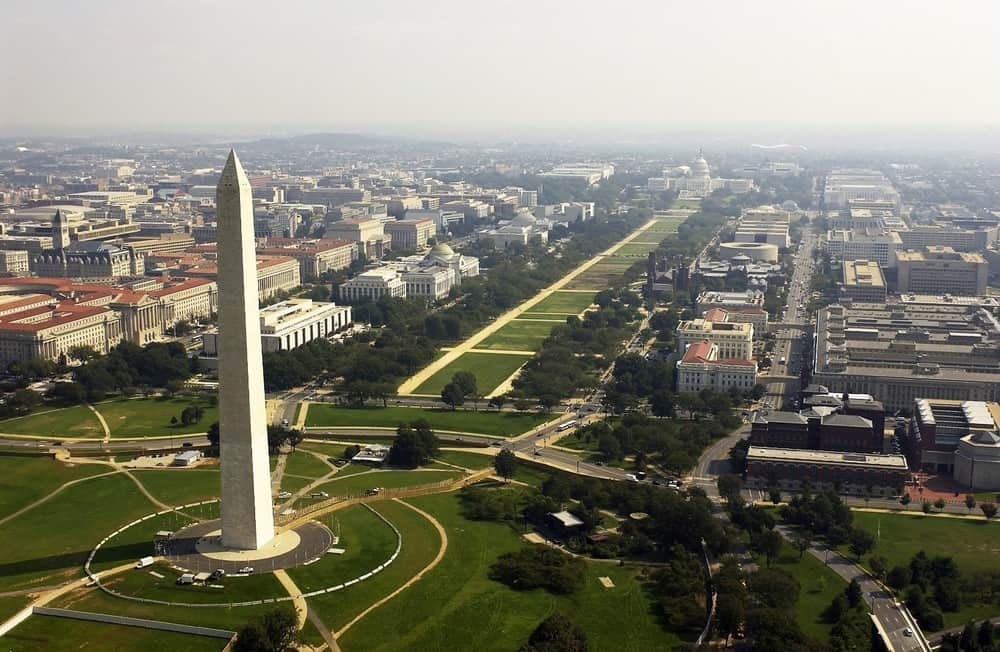

24 Hours in Washington DC: What to See and Do
So if you’ve got 24 hours in Washington DC, here are the things you really shouldn’t miss.
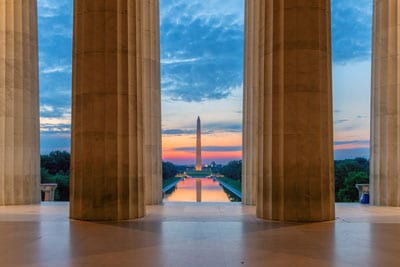

Washington DC Sightseeing Tours: What to Expect
Discover the best Washington DC sightseeing tours! Explore iconic landmarks, monuments, and historical sites with our expert-guided tours!
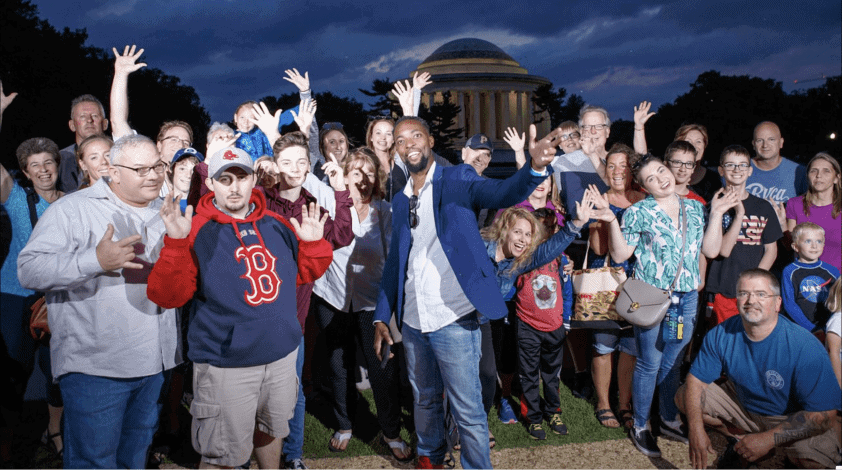

DC Travel Guide: 16 Unique Things to Do in Arlington, VA
Discover the best of Arlington, VA! Our guide reveals 16 unique things to do, from iconic landmarks to hidden gems. Plan your unforgettable visit now!
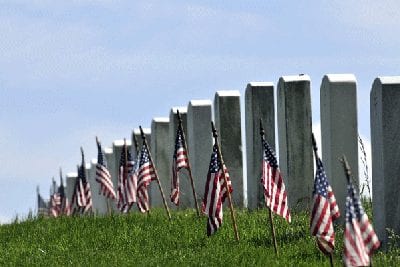

NYC Travel Guide: Money-Saving Hacks for Your NYC Trip
Plan Your Next NYC Trip With 11 Money-Saving Hacks by USA Guided Tours New York is one of the most fascinating cities in the world to visit—but all that excitement comes at a price. New York is hard to do on a budget, but that doesn’t mean there aren’t ways to make your vacation dollars...
DC Travel Guide: Washington DC Cherry Blossoms
Before your big visit to the cherry blossoms festival in Washington DC, here are some useful pro tips brought to you by USA Guided Tours!


The Best Historical Washington DC Tours
Explore some of the best historical Washington DC tours offered by USA Guided Tours. Learn about the history of America and explore areas surrounding Washington DC.
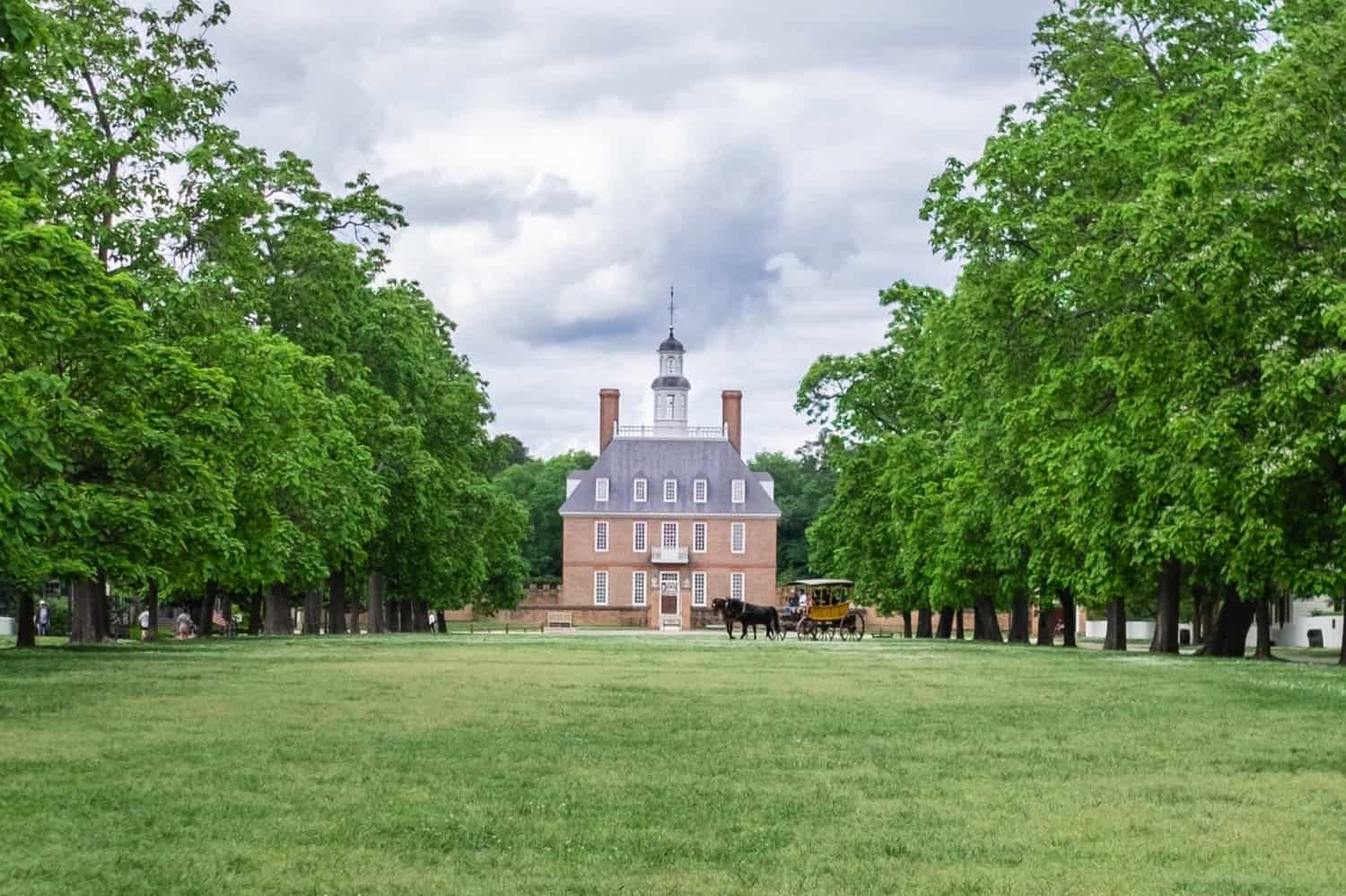

Black History Month
February is Black History Month. This annual observance is a time to pause and reflect on the contributions that African-Americans have made to American culture.
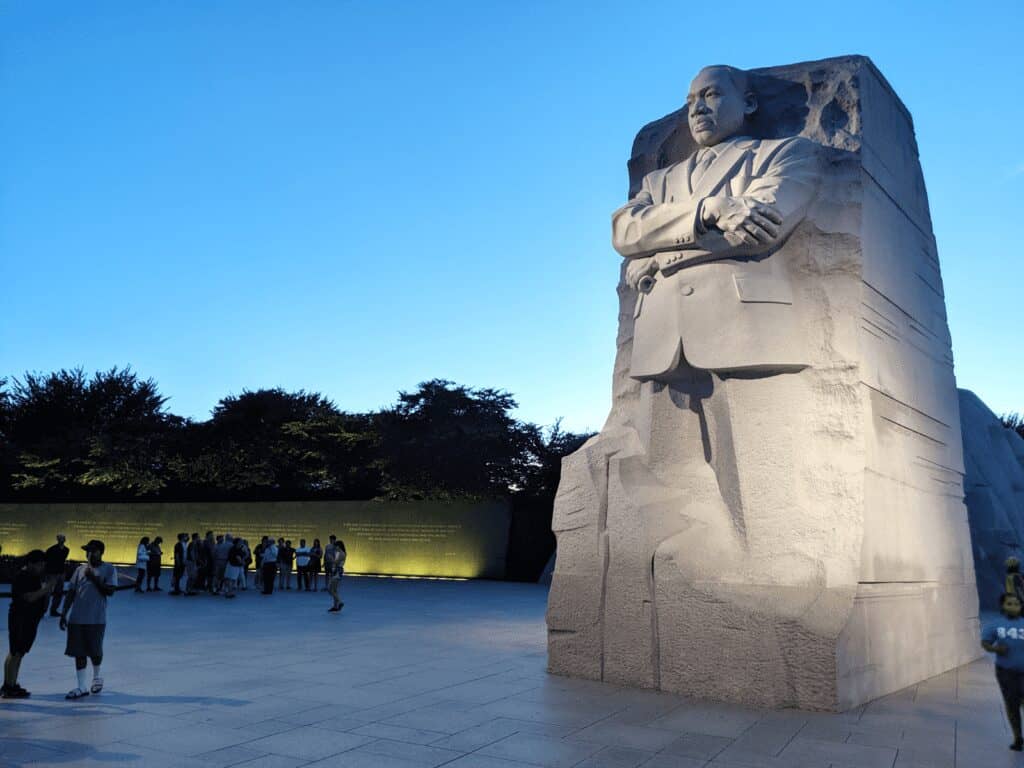

A Tour Guide’s New York City
We’re highlighting top-rated tour guides from around the world who go above and beyond to create unforgettable experiences, as proven by traveler reviews!
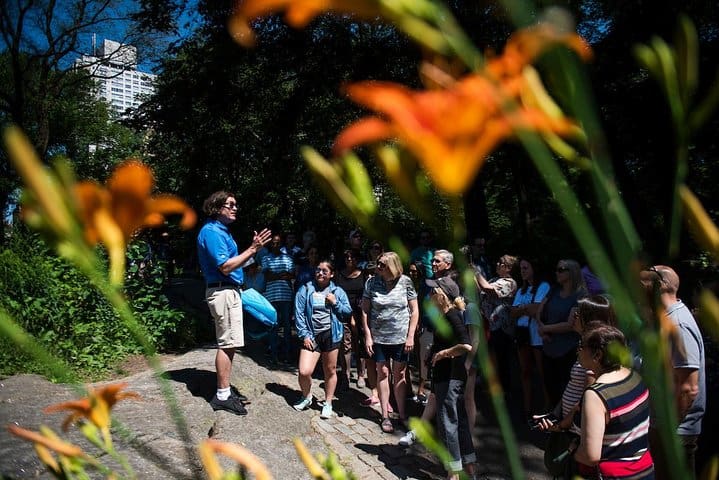

15 Tips for Your First Visit to New York City
If a trip to New York is on your horizon this year, here are 15 tips for your first visit to NYC to make your first encounter run smoothly.


USA Guided Tours Mourns the Passing of President Jimmy Carter
USA Guided Tours joins the nation in mourning the loss of former President Jimmy Carter, the 39th President of the United States.
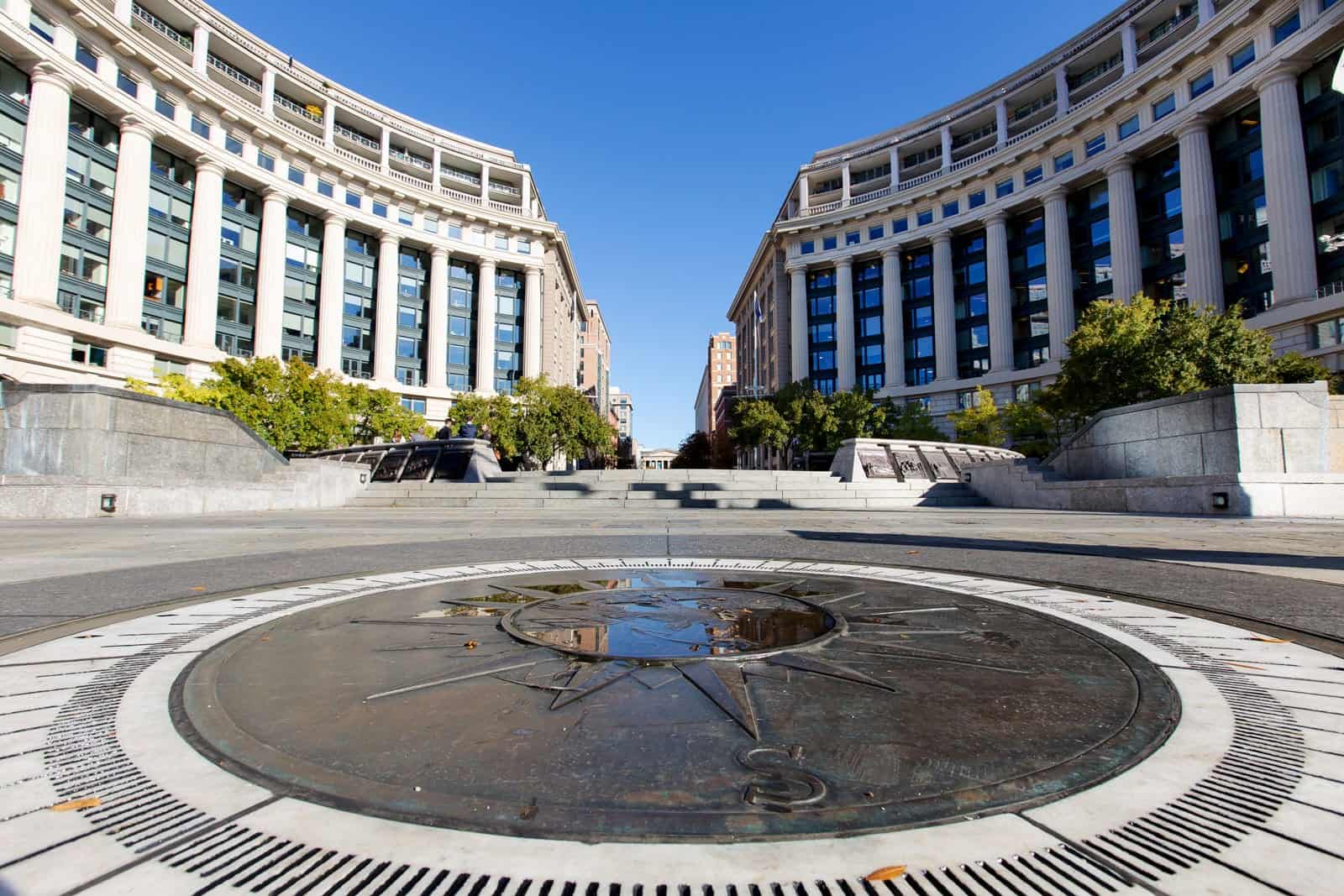

Things to Do in Washington DC (2025)
There’s so much more to our nation’s capital than just the seats of government and the beautiful monuments and museums.
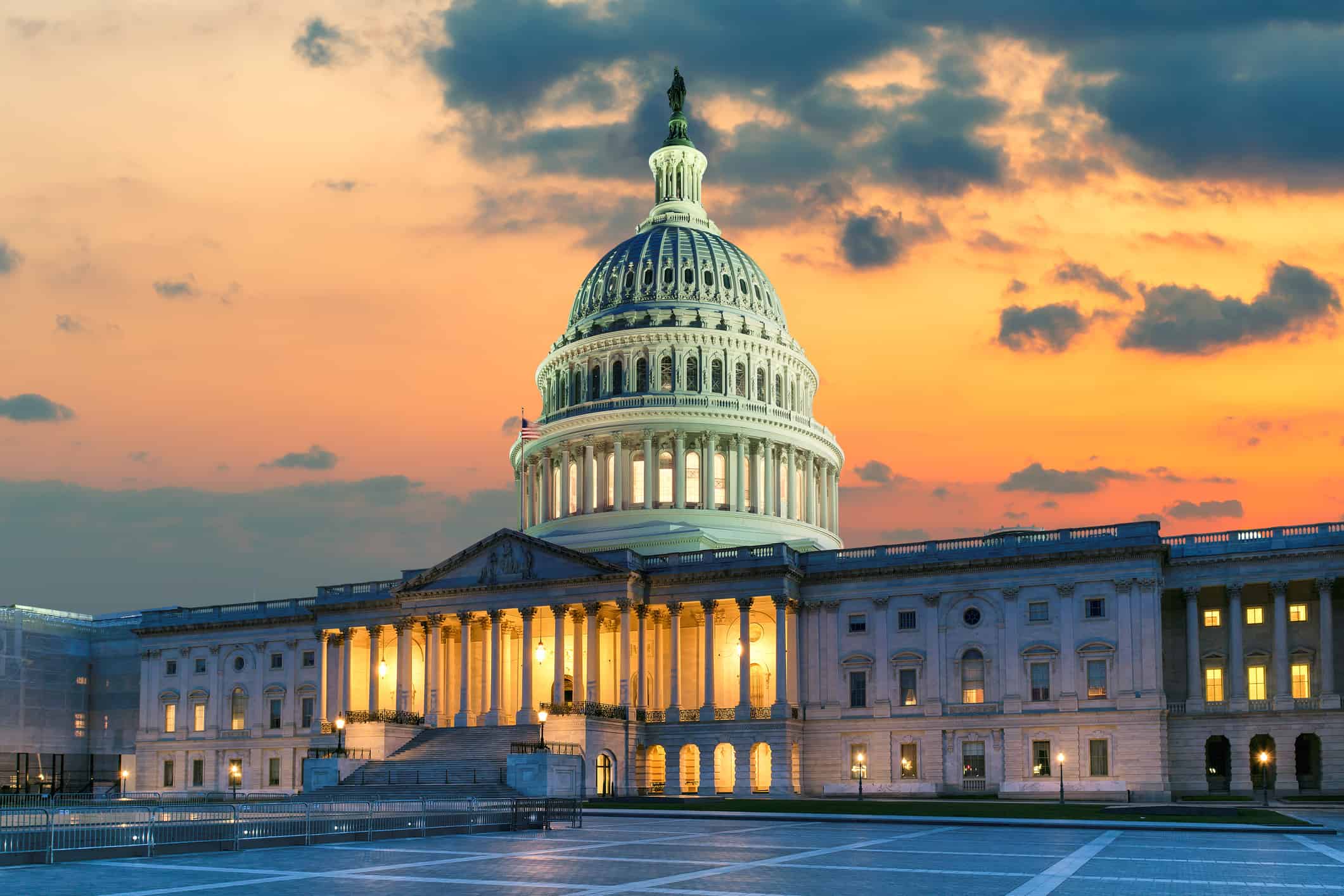

Things to Do in NYC (2025)
This ultimate guide will reveal all the best things to do in NYC. Take our award-winning NYC bus tours and visit the best of NYC!
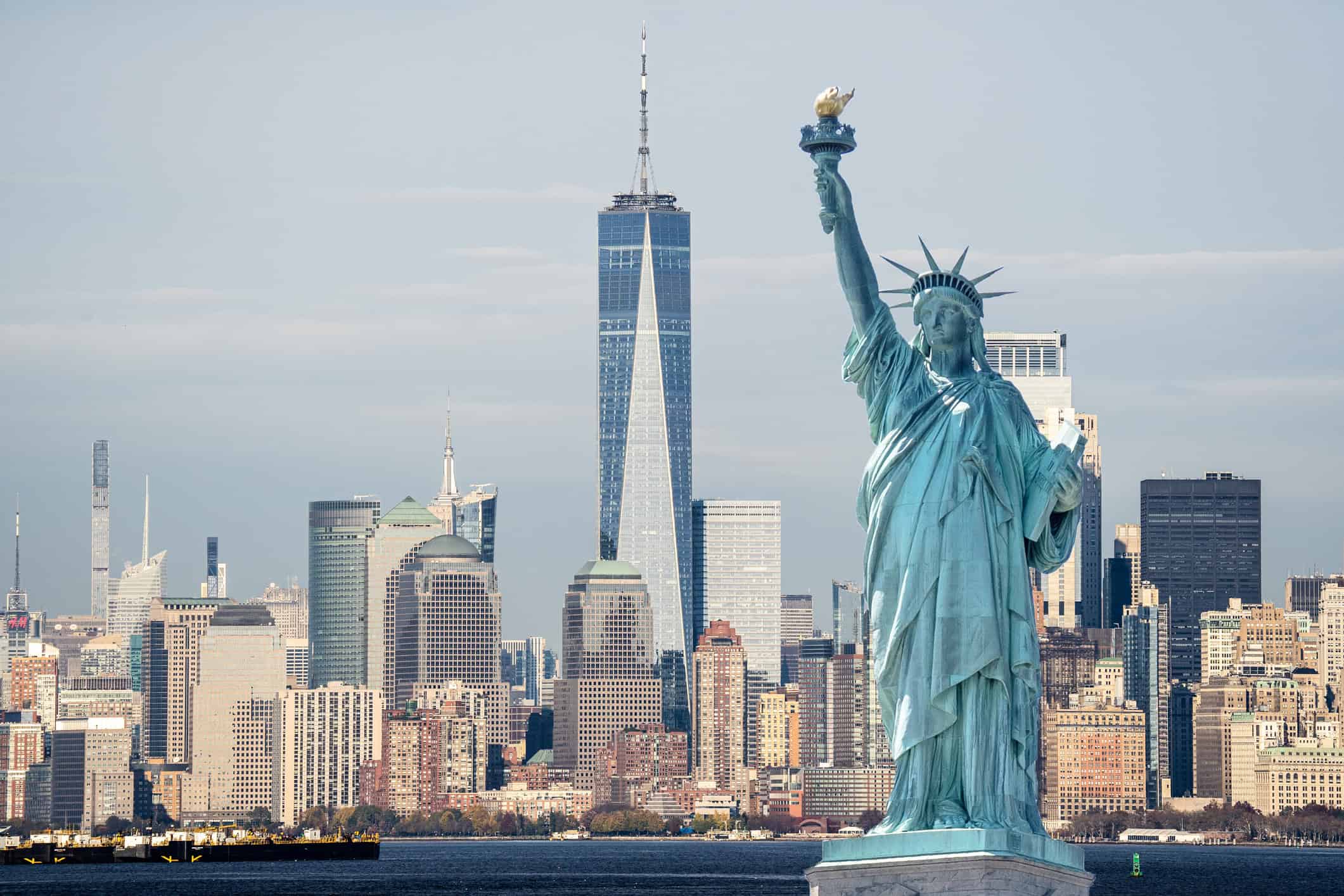

Best Hotels in Washington DC for Sightseeing
At USA Guided Tours, we not only offer you the best sightseeing experiences but also recommend some of the finest hotels in DC that cater to every type of traveler.
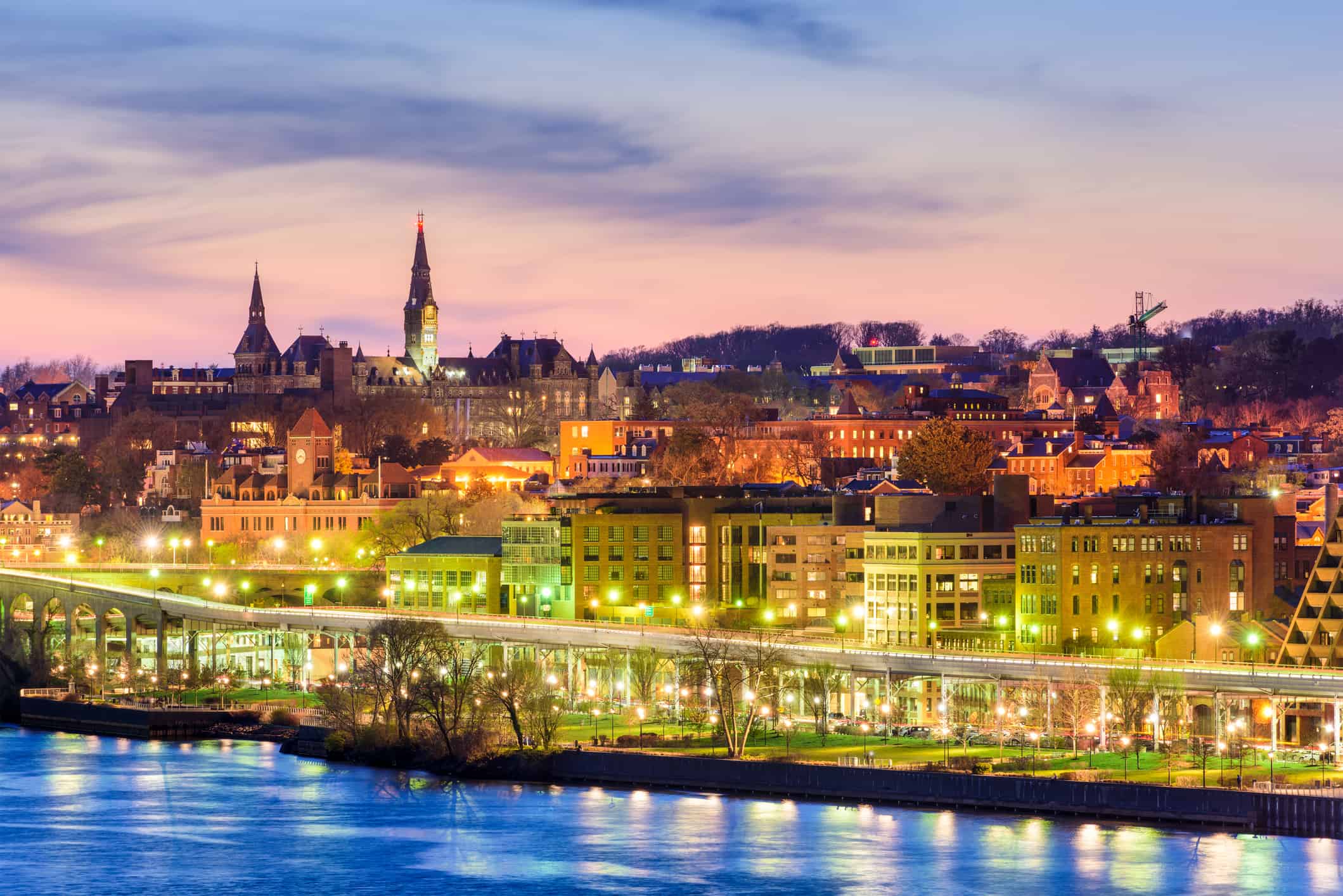

Best Wineries in Virginia
Virginia is home to some of the most picturesque wineries in the United States, offering a unique blend of history, culture, and exquisite wines. Join us as we explore the best wineries in Virginia, perfect for your next wine-tasting adventure!
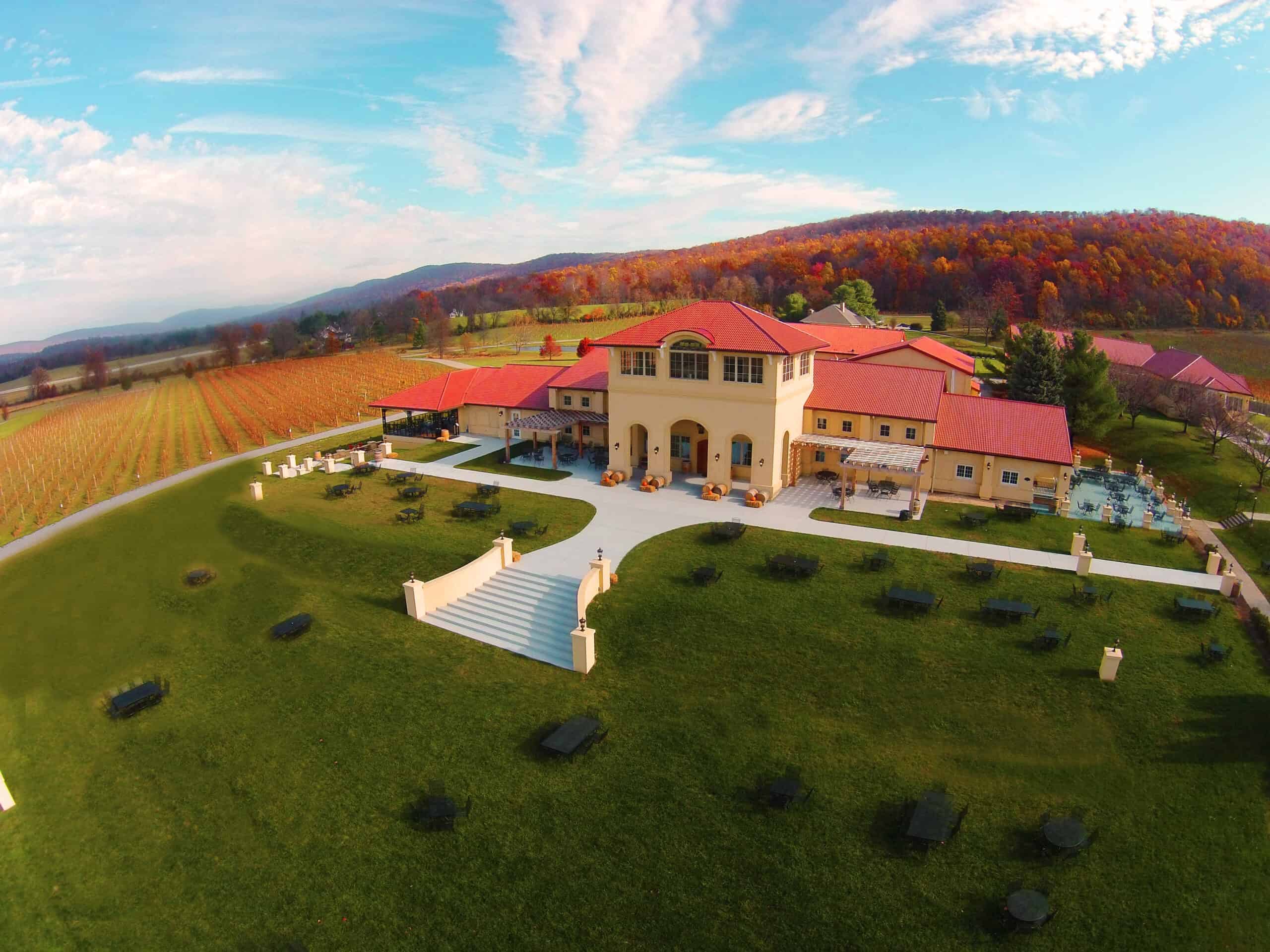

10 Tips To Not Look Like A Tourist In DC
If you want to avoid getting asked by locals “where are you from?”, here are 10 tips on how not to look like a tourist during your DC trip.
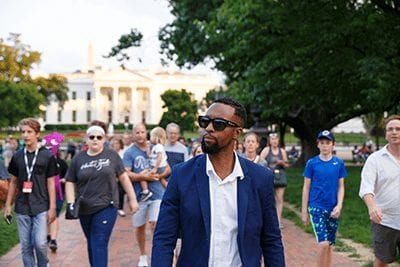

DC Travel Guide: Tips for Dress Code While Sightseeing DC
Check out our key considerations when choosing what to wear and dress code for your Washington, DC sightseeing tour, brought to you by USA Guided Tours.


Press Release: USA Guided Tours Earns Another Experience Award
USA Guided Tours' s NYC tour experience came in third on Tripadvisor’s list of most-booked experiences, along with winning the 2023 and 2024 Viator Experience Award!


Tips for Your First Visit to Washington DC
Planning to Visit Washington, D.C. For The First Time? Here Are a Few of Our Most Important Tips For the First-Time Visitors to DC.


Packed House at L2 Lounge (our first blog entry! : )
USA Guided Tours LLC celebrated the official launch of their Washington, DC tour/sightseeing services last night, Thursday, March 13, 2014 at Washington, DC’s upscale premier lounge – L2 Lounge in Georgetown. It was a packed house – attended by members of the Washington, DC Concierge Association and as well, those from the Hotel and Travel/Tourism...


